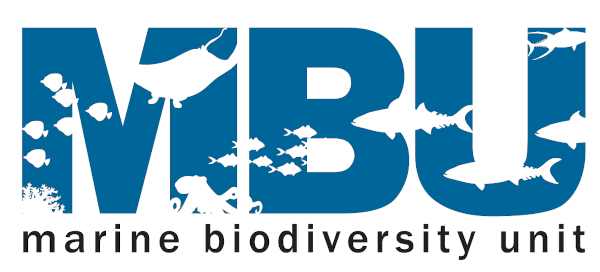Extreme concentration of marine biodiversity and exploitation of marine resources in the Coral Triangle pose challenges to biogeographers and resource managers. Comparative phylogeography provides a powerful tool to test biogeographic hypotheses evoked to explain species richness in the Coral Triangle. It can also be used to delineate management units for marine resources. After about a decade of phylogeographical studies, patterns for the Coral Triangle are emerging. Broad connectivity in some species support the notion that larvae have maintained gene flow among distant populations for long periods. Other phylogeographic patterns suggest vicariant events resulting from Pleistocene sea level fluctuations, which have, at least occasionally, resulted in speciation. Divergence dates ranging back to the Miocene suggest that changing land configurations may have precipitated an explosion of species diversification. A synthesis of the marine phylogeographic studies reveals repeated patterns that corroborate hypothesized biogeographic processes and suggest improved management schemes for marine resources.
Download PDF: CarpenteretalScience2011

Recent Comments